Home Construction Cost in the Philippines – A 2025 Guide

TLDR; Home construction cost in the Philippines involves several key cost factors: location, house size, design complexity, materials, and labor. Expect to pay between ₱25,000 to ₱50,000 per square meter, depending on your chosen finish (basic, standard, or high-end).
We also made a home cost calculator that can quickly compute your expected cost based on the lot area.
Design the Home You’ve Always Wanted.
Schedule Your Free Consultation.
This blog post will walk you through the basics of construction costs, show you a real-world sample based on a ₱35,000 per sqm rate, and share insights from our actual experience designing and building homes for Filipino families.
Basic House Construction Cost Per Square Meter
As of 2025, house construction costs in the Philippines range from ₱25,000 to ₱50,000 per square meter, depending on factors like:
- Location of the project (Metro Manila vs provincial areas)
- Type and quality of finishes
- Complexity of the design
- Accessibility of the lot
- Labor and material prices in your region
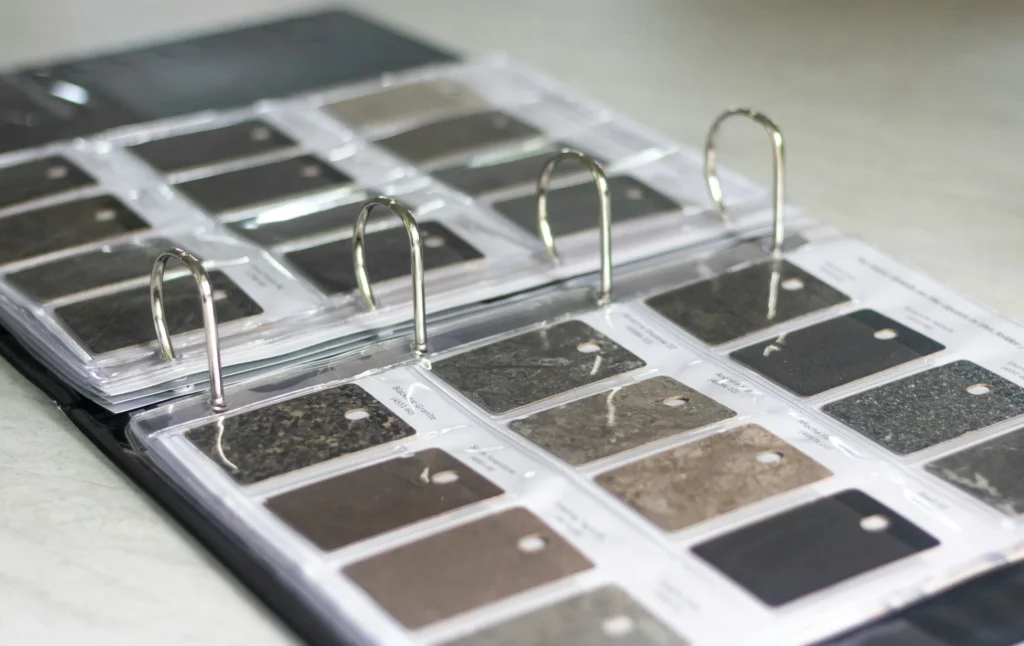
Here’s a simplified breakdown of construction cost levels:
| Finish Type | Cost per sqm | Features |
|---|---|---|
| Basic Finish | ₱25,000 – ₱30,000 | Painted CHB walls, plain cement finish, basic tile and lighting |
| Standard / Mid-Range | ₱31,000 – ₱40,000 | Decent tiles, aluminum windows, modular kitchen, decent layout |
| High-End Finish | ₱41,000-₱50,000+ | Custom cabinetry, high-end tiles and fixtures, architectural ceilings |
*Tip: Don’t just rely on per square meter costs—ask your contractor for a detailed breakdown. A project can balloon in price without careful planning, especially if scope changes mid-construction.
Real-World Sample: A ₱35,000/sqm Residential Build
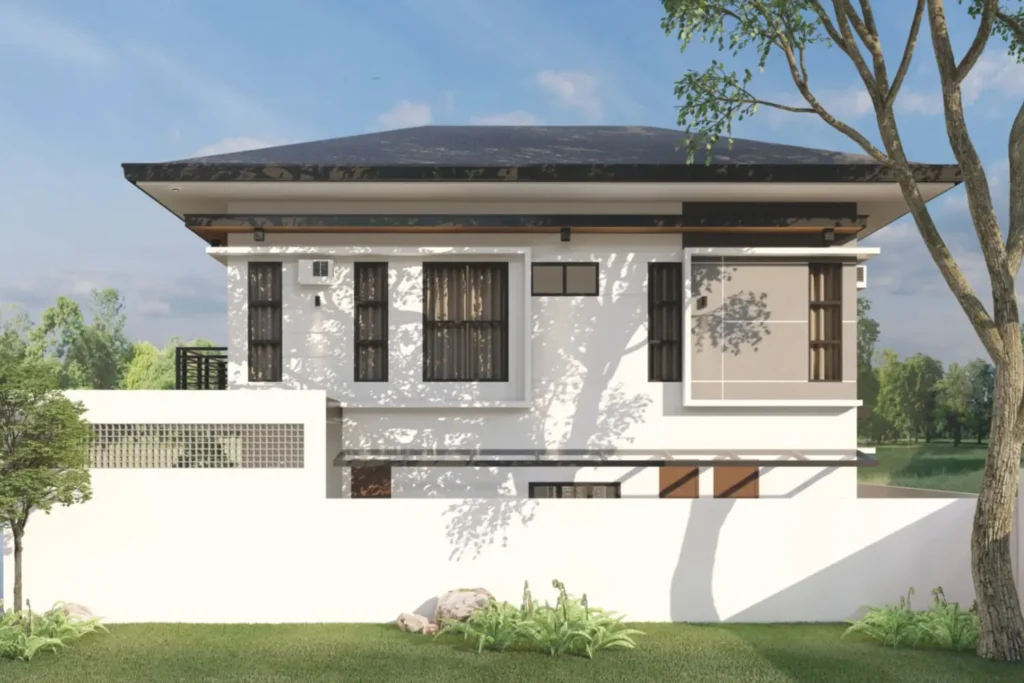
Let’s take a closer look at an actual home construction project we designed and built for a young family on a 240 sqm lot in Laguna, with the goal of creating a functional, future-ready home with a ground-floor master bedroom and 2-car garage.
Project Summary:
- Lot Area: 240 sqm
- Setback: 4m front, 2m rear and sides
- Buildable Ground Floor Area: ~112 sqm
- Total Floor Area (2 storeys): 250 sqm
- Construction Cost per sqm: ₱35,000
- Estimated Total Construction Cost: ₱8,750,000
Floor Plan Highlights
Ground Floor (112 sqm)
- Master Bedroom w/ En-suite Toilet & Bath
- Living Room
- Dining Area
- Kitchen
- Guest Toilet & Bath
- Laundry/Service Area
- Optional: Bedroom or Home Office near the entrance
- 2 to 4-car Carport using front setback
Second Floor (138sqm)
- 3 Bedrooms
- 2 Shared Toilets & Baths
- Family Room / Den
- Storage / Linen Closet
- Balcony (above carport)
This layout was designed for long-term flexibility—having the master bedroom on the ground floor means the owners can comfortably live here even in their senior years.
Home Pre-Construction Cost

Before any concrete is poured or hollow blocks are stacked, there are upfront costs you’ll need to cover to legally and properly start the project. These are often overlooked in initial budgeting, but they matter.
Here’s a breakdown of the typical pre-construction costs:
| Item | Estimated Cost (₱) |
|---|---|
| Architectural and Engineering Plans | ₱100,000 – ₱150,000 |
| Soil Testing / Lot Survey | ₱100,000 – ₱150,000 |
| Building Permits & Clearances | ₱40,000 – ₱60,000 |
| Utility Applications (Meralco, Water) | ₱10,000 – ₱20,000 |
| Fire Safety, Barangay, HOA Fees | ₱5,000 – ₱10,000 |
Total pre-construction cost for most projects like the 250 sqm sample house? Roughly ₱175,000 to ₱275,000, depending on the complexity of the design and the requirements of your local LGU.
*These are non-negotiables—skipping any of these can cause permit delays, failed inspections, or worse, a stop-work order mid-construction.
Home Construction Cost Breakdown
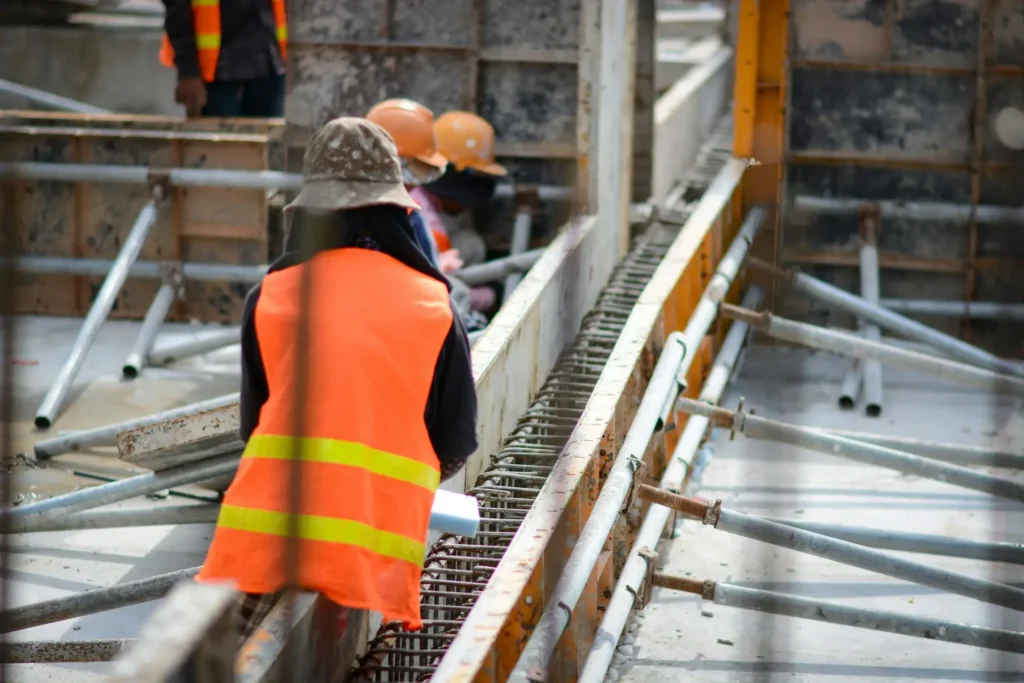
| Item | Cost (₱) | % of Total |
|---|---|---|
| Structural Works | ₱2,100,000 | 24% |
| Masonry & Concrete | ₱1,225,000 | 14% |
| Roofing System | ₱665,000 | 7.6% |
| Electrical & Plumbing | ₱840,000 | 9.6% |
| Windows, Doors, Ceilings | ₱910,000 | 10.4% |
| Flooring & Tilework | ₱490,000 | 5.6% |
| Painting & Waterproofing | ₱315,000 | 3.6% |
| Cabinets & Kitchen Fixtures | ₱420,000 | 4.8% |
| Toilet & Bath Finishes (x3) | ₱420,000 | 4.8% |
| Garage, Driveway, Landscaping | ₱315,000 | 3.6% |
| Perimeter Fence & Gate | ₱437,500 | 5% |
| Contingency & Professional Fees | ₱612,500 | 7% |
| Total | ₱8,750,000 | 100% |
These figures are based on our firm’s actual design-build quote for a recent residential project with a 250 sqm floor area and mid-range finish. Costs can vary depending on your location and preferred materials.
*We recommend getting a customized estimate based on your lot and project goals.
Home Post-Construction Costs
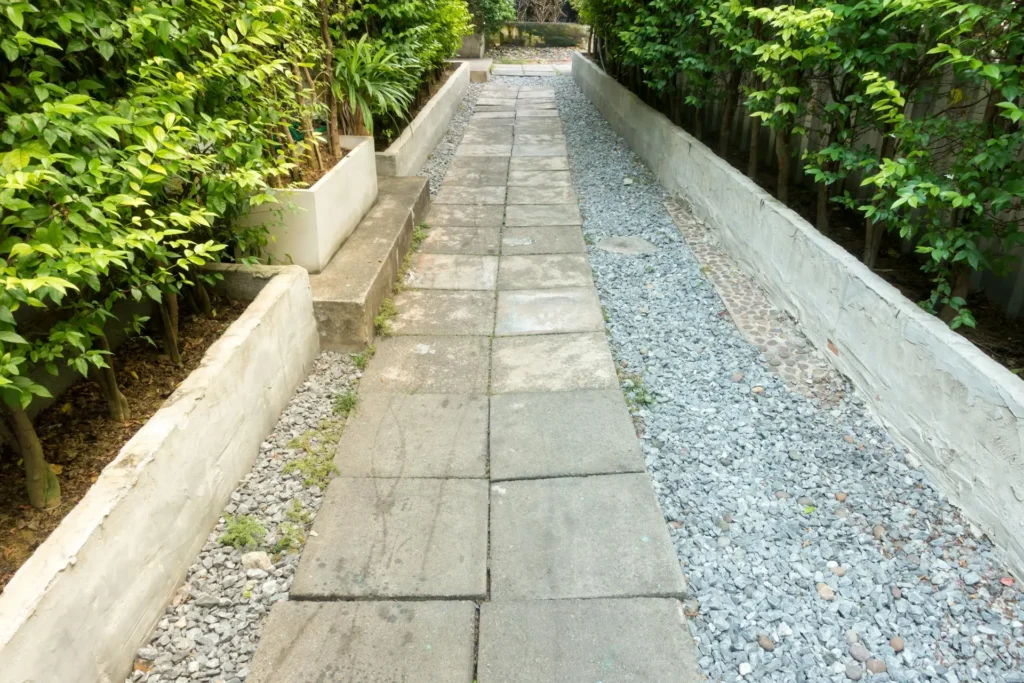
Once construction is complete, there are still a few final items to budget for. These are the wrap-up tasks that bring your house to the “move-in ready” stage:
| Item | Estimated Cost (₱) |
|---|---|
| Site Cleanup & Debris Disposal | ₱30,000 – ₱50,000 |
| Final Punch List Fixes | ₱30,000 – ₱70,000 |
| Landscaping | ₱50,000 – ₱150,000 |
| CCTV / Security Installations | ₱30,000 – ₱60,000 |
| Furniture & Appliances | Variable (not included) |
Estimated Post-Construction Cost: ₱250,000 to ₱500,000
If your budget is tight, we often suggest phasing the fence or landscaping after turnover, so you can focus funds on the main structure first.
Lessons from the Field
1. Lot Optimization
The family initially wanted four bedrooms upstairs, but we advised keeping the master on the ground floor to maximize aging-in-place comfort. Moreover, it also freed up the second floor for a more spacious den and flexible guest room.
2. Roofing
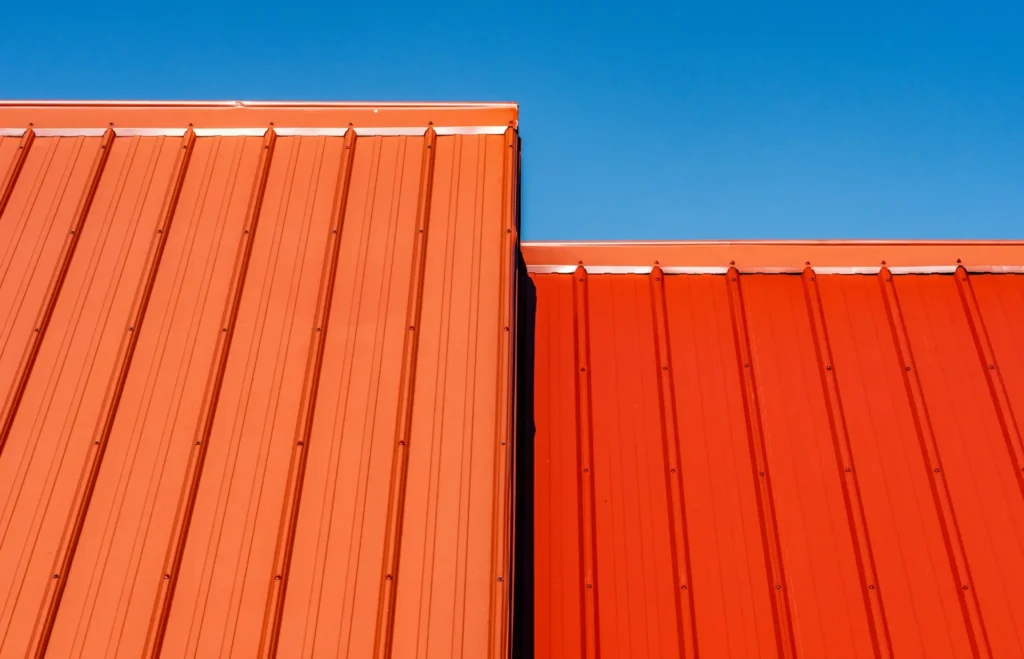
Investing in durable roofing materials was a must. We advised the client to skip cheaper options and go for long-lasting roof panels with solid insulation. It’s more upfront, but saves money in the long run and reduces future maintenance issues. This blog post shows a guide on how to buy roofing materials in the Philippines.
3. Waterproofing and Paint
We also pushed for proper waterproofing and exterior-grade paint. Neglecting this step has caused so many call-backs on older projects. This family decided to go all-in on waterproofing and used elastomeric paint, which helped seal walls from water seepage, reducing maintenance. To know more about whats the best type of exterior paint for your house you can visit the link.
4. Design for Lifestyle
Lastly, we asked them to think through their daily routine. Do you come home late and need a lighted pathway? Do you host family dinners often? We shaped the layout around their lifestyle, not just square meter counts. A house becomes a home when it serves your day-to-day life.
Should You Hire a General Contractor?
Now, to be upfront—yes, you can take the do-it-yourself route and potentially save 30 to 40 percent by not going through a contractor. We’ve seen it happen. If you know how to manage labor, time schedules, supplier deliveries, and basic site coordination, you might pull it off and save a good chunk of your budget.
But here’s the catch, even small mistakes in planning or execution can easily wipe out those savings. One late delivery, one incorrect slab pour, one missed inspection—and suddenly, the costs start piling up.
We’ve met homeowners who tried managing the build themselves. Some managed just fine. Others got halfway and needed support to get things back on track.
It’s not that they failed—it’s just that building a home is more complex than it looks on paper. It helps to have someone on your side who’s done it before.
Final Thoughts on Home Construction Cost
The cost to construct a house in the Philippines in 2025 is definitely going up. But with the right planning, a good team, and clear goals, you can still build a home that fits both your lifestyle and your budget.
It’s not just about how much per square meter. What really matters is how efficiently your space is planned, what kind of materials you use, and how well everything comes together.
Whether you’re planning to build with a contractor or handle parts of it on your own, we’re here to give guidance where it counts. You don’t have to guess your way through the process.
If you’re ready to get started, or just want a clearer idea of what’s possible based on your lot and budget, we offer a free consultation. We can walk you through the numbers, suggest ideas, and help you plan smarter—no pressure, just practical advice.
Let us know how we can help by contacting us or chatting us through Facebook.